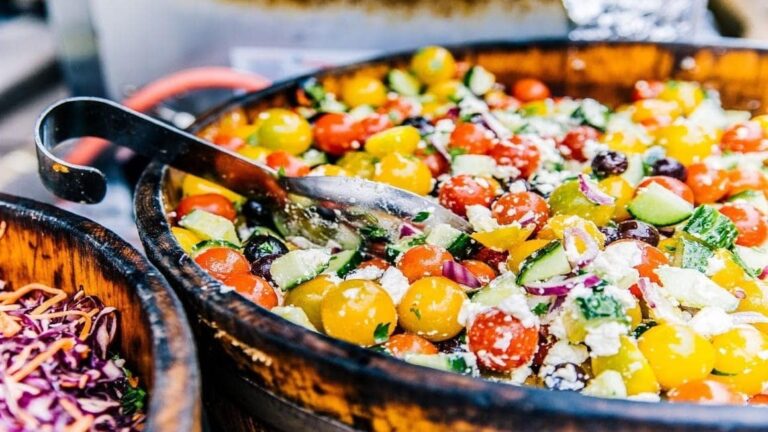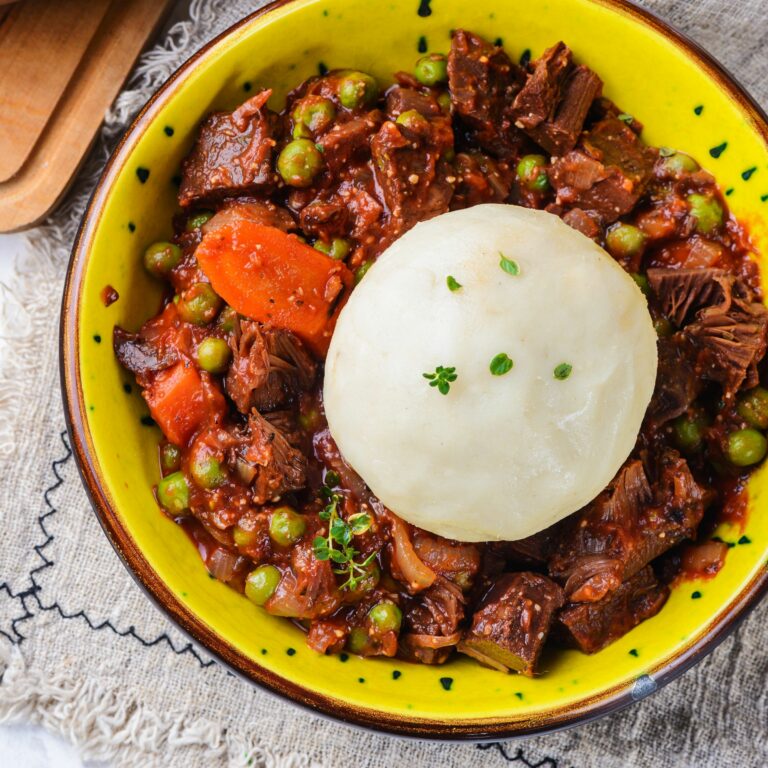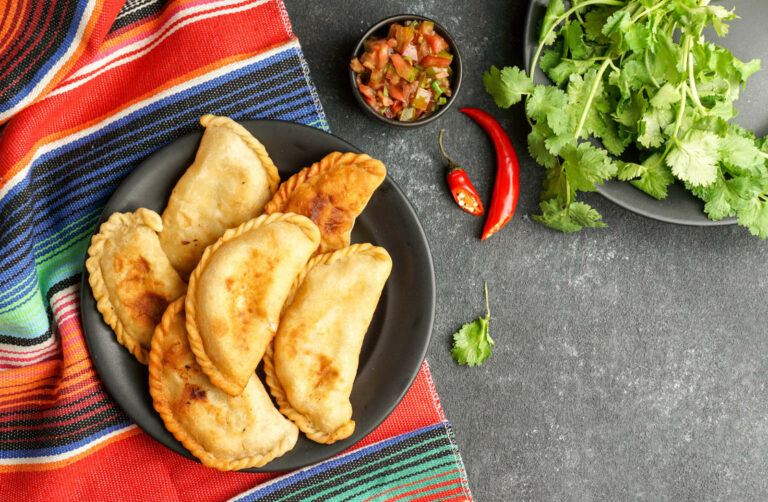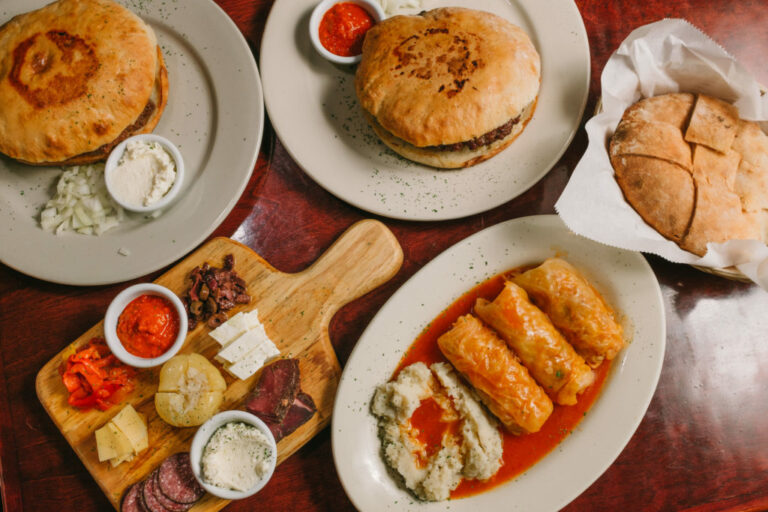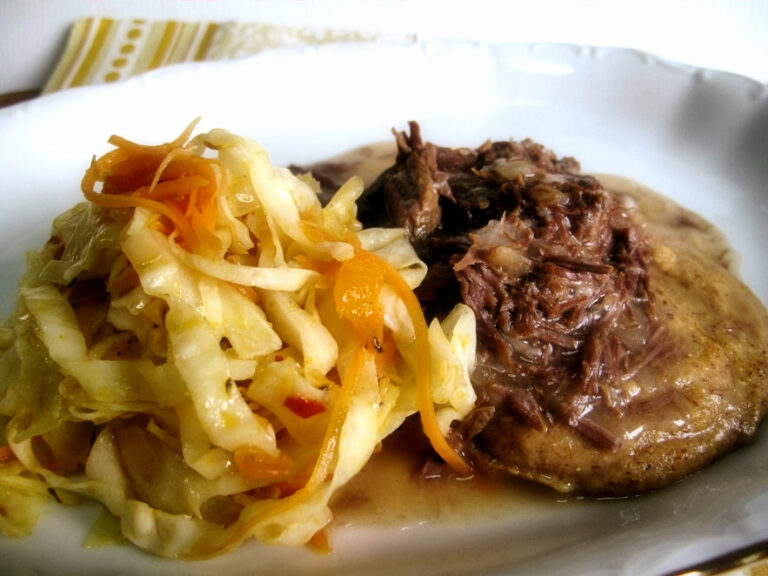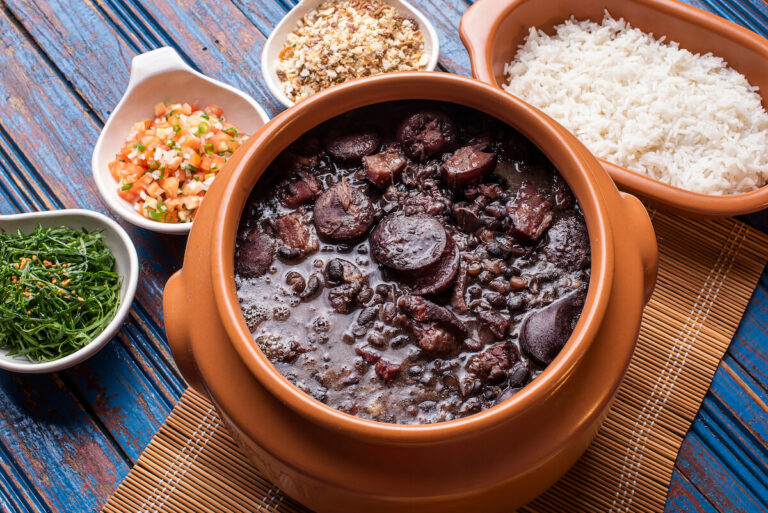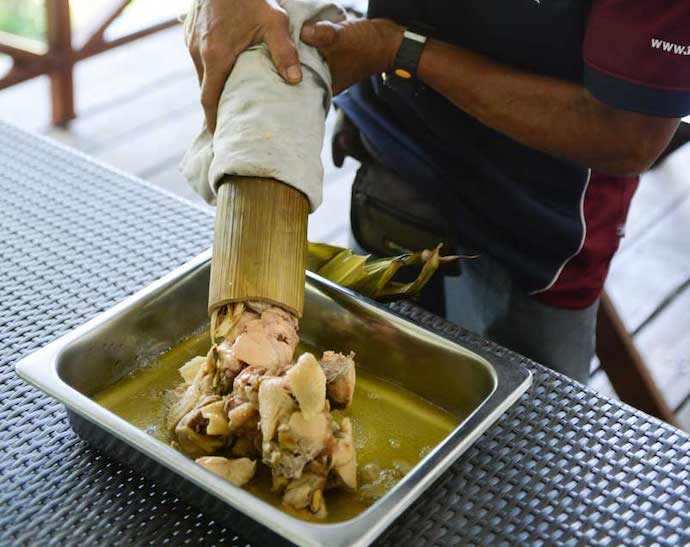Introduction
Belize, a small Central American country nestled between Mexico and Guatemala, is known for its beautiful beaches and tropical rainforests. However, not many people know about the country’s unique cuisine. Belizean cuisine is a fusion of different cultures that have influenced the country throughout its history. And while it’s not widely popular yet, there are a few dishes that have gained recognition internationally.
Belizean cuisine: a fusion of cultures
Belizean cuisine is a blend of Maya, Spanish, Creole, African, and Caribbean influences. The country’s location has also influenced the food, with Mexican and Guatemalan flavors also playing a role. The cuisine is known for its spicy flavors, fresh seafood, and tropical fruits and vegetables.
Belizean cuisine is still relatively unknown outside of the country, but it’s gaining international recognition. The country’s unique blend of flavors and cooking methods is starting to make waves in the culinary world.
The influence of Caribbean and Mexican flavors
The Caribbean and Mexican influences on Belizean cuisine are evident in many of the dishes. One example is the use of spices like cumin and chili powder, which are commonly used in Mexican cooking. The Caribbean influence is seen in dishes like rice and beans, which are a staple in Belizean cuisine. The dish is similar to the Caribbean staple, rice and peas, and is often served with a spicy stew or grilled meat.
Exploring the most famous Belizean dishes
While Belizean cuisine is diverse, there are a few dishes that are particularly famous. Three of the most popular are conch fritters, rice and beans, and fry jacks.
Conch fritters: a beloved Belizean specialty
Conch fritters are a classic Belizean dish made from conch meat, which is shaped into small balls, battered, and deep-fried. The dish is often served with a spicy dipping sauce and is a popular street food in Belize. Conch fritters have gained recognition internationally and are now served in some restaurants in the United States.
Rice and beans: a staple of Belizean cooking
Rice and beans is a staple dish in Belizean cuisine and is often served with stewed chicken, pork, or beef. The dish is made by cooking red beans and rice together with coconut milk and spices like thyme and garlic. Rice and beans have become popular outside of Belize and are now a menu item in many Caribbean and Central American restaurants.
Fry jacks: a sweet and savory breakfast treat
Fry jacks are a popular breakfast food in Belize. The dish is similar to a fried doughnut and can be served sweet (with powdered sugar or honey) or savory (with beans, eggs, and cheese). Fry jacks are a favorite among locals and are becoming popular with tourists as well.
Conclusion: Belizean cuisine is gaining global recognition
While Belizean cuisine is still relatively unknown outside of the country, it’s starting to gain recognition internationally. The blend of Maya, Spanish, Creole, African, Caribbean, and Mexican influences has created a unique culinary experience that is beginning to catch the attention of foodies around the world. As more people discover the delicious flavors of Belizean cuisine, it’s likely that more dishes will become popular internationally.

